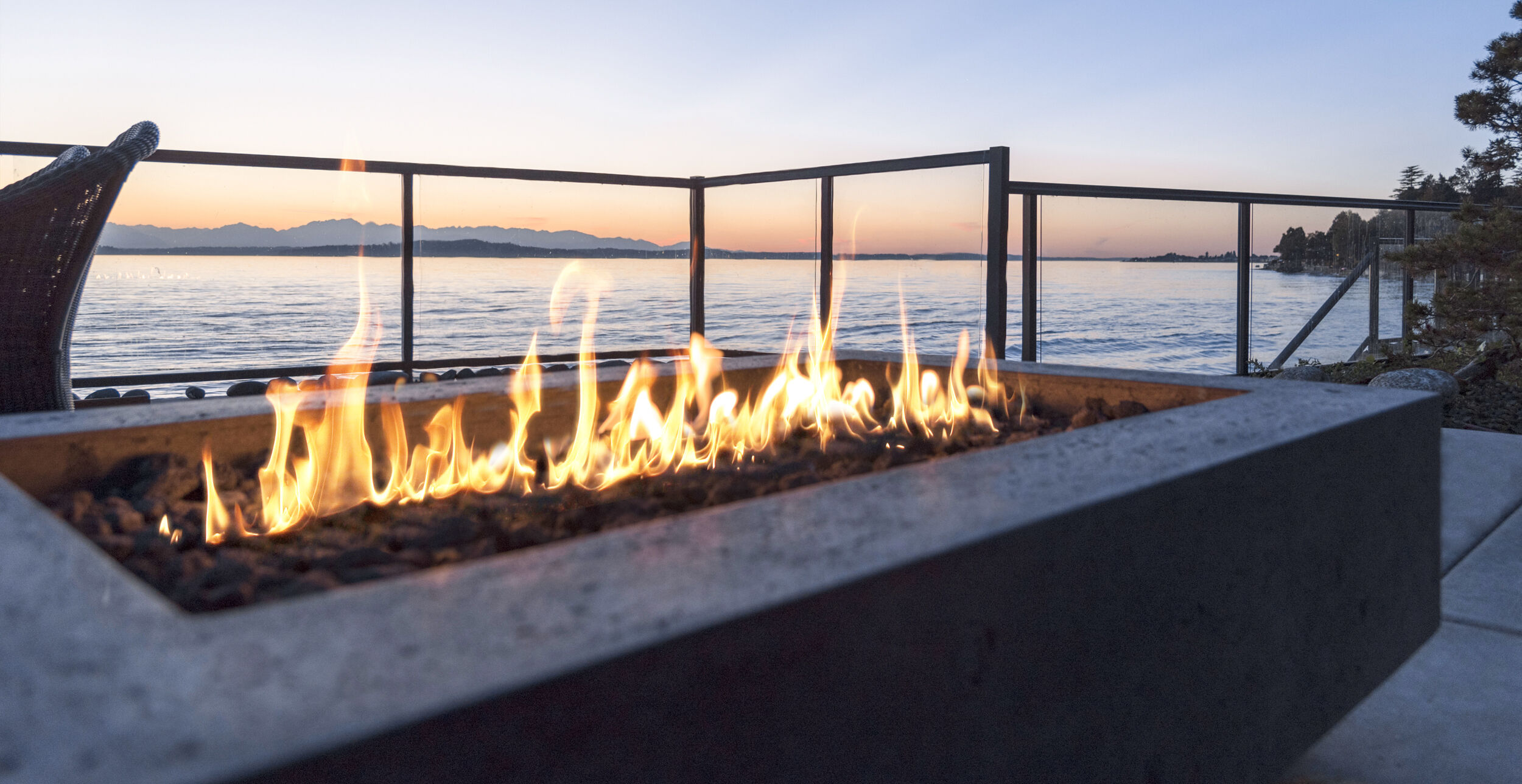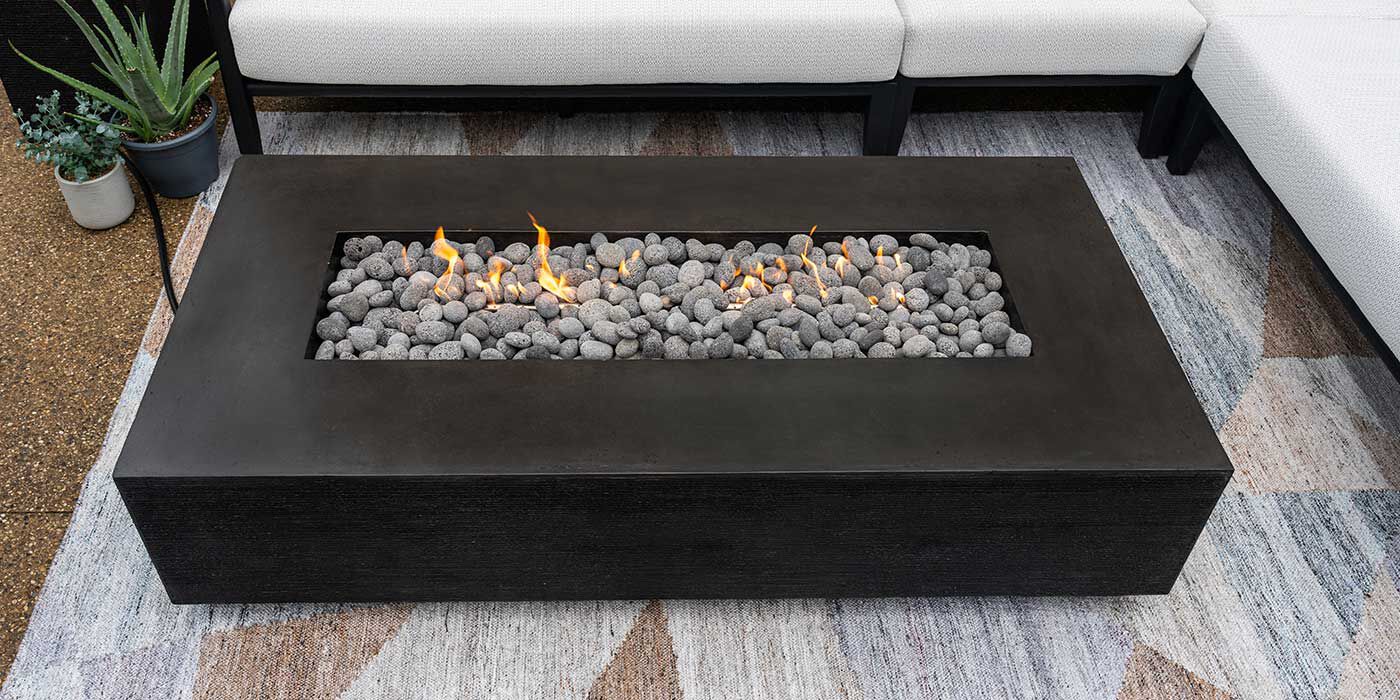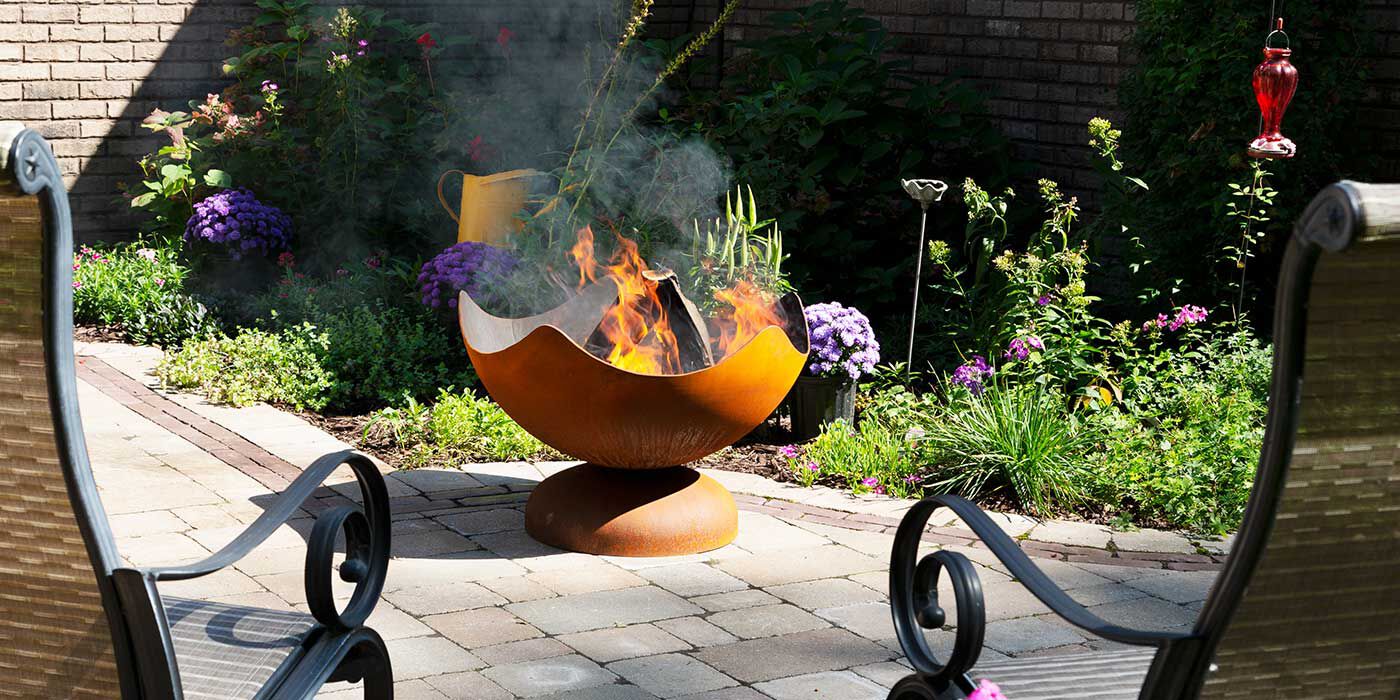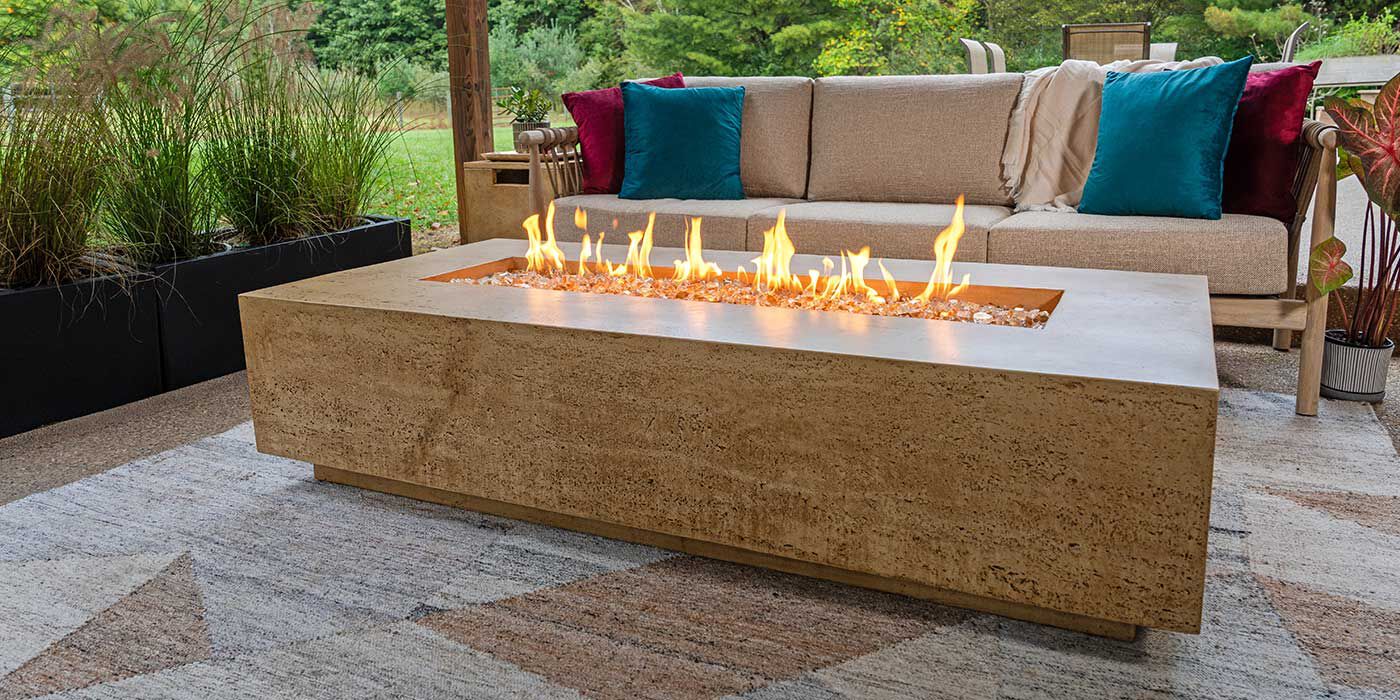By: Thomas Kearney, NFI Certified Master Hearth Professional
Last Updated: July 24, 2025
Dreaming of cozy nights by the fire? Before you ignite those flames, let's talk safety!
Whether you’re a seasoned fire pit user or a first-time owner, it's important to follow the best safety and maintenance practices. Otherwise, you risk expensive repairs and safety hazards.
To help you enjoy your fire pit with peace of mind, we’ve gathered advice from NFI certified experts who know the ins and outs of fire pit care. From cleaning tips to safety precautions, this guide is your go-to resource for keeping the flames burning brightly.
General Fire Pit Maintenance & Safety Tips:
- Be aware of your surroundings. Only use your fire pit outside in an open space with plenty of air flow. Never place it under trees, low-hanging plants, or near anything flammable.
- Read the owner’s manual thoroughly. There may be specific directions on how to care for your fire pit.
- Pay attention to the clearance requirements. Make sure your fire pit is far enough away from combustible materials.
- Never use accelerants, like gasoline, lighter fluid, alcohol, or other volatile liquids to start a fire. Not only are accelerants dangerous to use, but they can also damage fire pits.
- Don’t use plastic materials in or around your fire pit. Melted plastic is extremely difficult to remove and will ruin the finish. Burning plastic also releases toxic fumes into the air.
- Always keep water or a fire extinguisher close by in case of emergency.
- Cover your fire pit when it’s not in use to prevent water, dirt, and debris from collecting inside the burning area. Covering it also protects it from unnecessary wear and tear from inclement weather conditions. If you live in an area with harsh weather conditions, we also recommend storing your fire pit in a dry, sheltered area when you're not using it.
- Never leave your fire pit unattended. Always maintain a safe distance away from the fire and supervise kids and pets near the flames.
- Follow the cleaning instructions in the owner’s manual. Typically, you can use a soft cloth and mild soapy water to clean the inside and outside. Avoid harsh chemicals and cleaning agents, unless otherwise approved by the manufacturer.
Pro Tip:
Fire pits should never be used in an enclosed space. If not properly ventilated, they can cause a buildup of toxic smoke and harmful gases, like carbon monoxide. An open space with plenty of airflow is an ideal location.
Tips for Wood Burning Fire Pits
- Only use seasoned, split wood to fuel the fire. Avoid burning pressure-treated wood, which releases toxins and chemicals into the air.
- Use small pieces of kindling such as leaves and twigs, or a natural fire starter like Fatwood, to get the fire going.
- Use a spark screen to prevent sparks and embers from flying out.
- Don't extinguish your fires with water, allow it to burn out naturally. The sudden change in temperature can cause your fire pit to weaken or crack. If you're in a rush, you can use sand to put out the fire. Just be sure to clean the sand out before using your fire pit again.
- Allow ashes to cool overnight by spreading them out in a thin layer inside your wood burning fire pit. Remove the ashes the next day using a metal shovel and place them into a metal bucket with a secure lid.
- If you're using a cooking grate, always clean up properly to avoid residue buildup.
Tips for Gas Fire Pits
- Make sure there aren’t any combustible materials and flammable liquids close by.
- Regularly inspect the burner, gas lines, connections, hoses, and fittings to make sure they are tight, secure, and clean.
- Keep the vent openings and surrounding areas free and clear of dirt and debris. Bugs, dirt, and buildup can block the flow of gas and cause a fire.
- Have the fire pit and gas supply inspected once a year by a licensed professional. If you need any repairs or maintenance done, you'll have to hire a qualified service technician.
- Don’t burn solid fuels, like leaves, sticks, wood, paper, plastic, trash, or food. These items will damage the burner system and can cause a fire hazard.
- Never cook over a gas fire pit. Falling food and residue will damage the burner, which can be difficult and expensive to replace.
- Soot and dirt can accumulate on the burner and media (gas logs, lava rock, fire glass, etc.). Check them regularly and follow the cleaning instructions in your owner’s manual to clean off any buildup. Let your fire pit cool down completely before you start cleaning.
- If there is standing water inside your fire pit or the media is wet, drain the water out and let it dry completely before you light it again.
We're Here to Help
Do you still have questions for us? Call our NFI certified experts at (800) 919-1904 today!
More Resources
Is it safe to put a fire pit under your covered patio? Here's what you need to know.
Check out our top 5 most unique fire pit finds.
Explore this gorgeous customer spotlight featuring Kingsman Fire Bowls.
 |
Tom Kearney has been a Technical Sales Representative at Woodland Direct for over a decade, where he has honed his expertise in gas, wood, and pellet appliances as an NFI-Certified expert. Tom's dedication to customer satisfaction is exemplified by his work with high-profile clients, including assisting SpaceX President Gwynne Shotwell in sourcing five stunning fireplaces for her Texas home. When he's not helping clients find their perfect fireplace, Tom enjoys hitting the golf course, skiing down snowy slopes, and exploring new trails on his bike. Call him or one of our experts in fire at 800.919.1904. |



